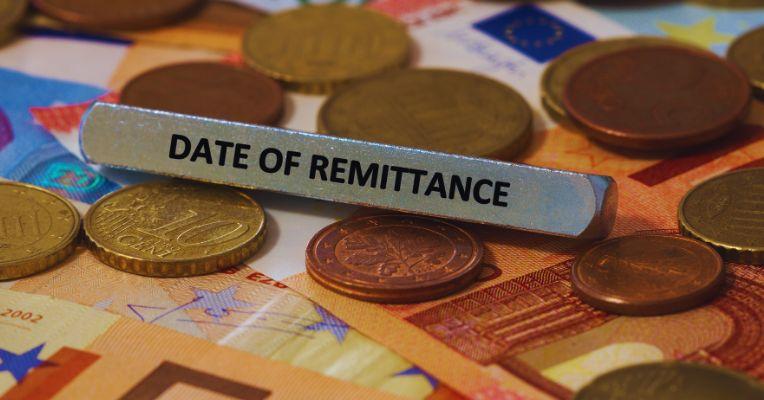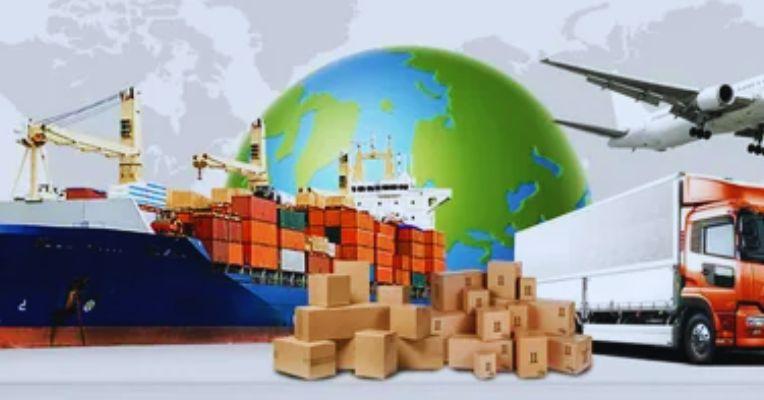The government’s decision to temporarily halt satellite tracking for containers carrying goods to Afghanistan has raised serious concerns. Instead, the Federal Board of Revenue (FBR) has decided to monitor these containers through human surveillance. This move could potentially increase the chances of smuggling, as the new contractors lack the necessary technology to track the containers.
Shift from Satellite to Human Surveillance
Previously, TPL Trakker was responsible for tracking the movement of containers using advanced satellite and GSM technology. However, the FBR decided to withdraw their license and introduced four new firms for this task. These new contractors do not have the capability to track containers but can only track vehicles using Prime Mover Devices (PMDs). This change has raised concerns about the security of goods and potential for illegal activities during transit.
Change in Tracking System
| Previous System | New System | Key Differences |
|---|---|---|
| Satellite and GSM Tracking | Human Surveillance | Lack of container tracking tech |
Lack of Container Surveillance Devices (CSDs)
A major concern with the new contractors is the absence of Container Surveillance Devices (CSDs), which are typically used to monitor containers. These devices are installed on container doors to prevent pilferage. The new contractors, however, are only capable of tracking vehicles and do not have the necessary technology for containers. This raises questions about how effective human surveillance will be without the proper tools for tracking containers.
Contractors’ Capabilities
| Company | Tracking Technology | Missing Feature |
|---|---|---|
| Four New Firms | Vehicle Tracking (PMDs) | No CSD for container tracking |
| TPL Trakker | Container Tracking (CSDs) | Advanced container monitoring |
Potential Impact on Smuggling
The shift to human monitoring has heightened fears of an increase in smuggling. Without the CSD devices, it will be easier for goods to be diverted illegally during transit. While human oversight can be effective to some extent, it is still not as reliable or efficient as automated satellite tracking, which provides real-time updates on container movements.
Risks of Human Surveillance
| Monitoring Method | Risks of Smuggling | Effectiveness |
|---|---|---|
| Human Surveillance | Higher risk of pilferage | Less efficient and less secure |
| Satellite Tracking | Lower risk of diversion | More secure and real-time tracking |
Relaxation of Contractor Criteria
The FBR relaxed the eligibility criteria for selecting new contractors, which included lowering the financial requirements and removing the need for container tracking experience. This has led to the selection of companies that have only tracked vehicles in the past. Critics argue that this change compromises the security and effectiveness of the tracking system.
Changes in Criteria for Contractors
| Criteria | Old Requirement | New Requirement | Impact |
|---|---|---|---|
| Financial Turnover | Rs175 million | Rs100 million | Lowered eligibility standards |
| Experience in Tracking | Container Tracking | Vehicle Tracking | Reduced focus on container monitoring |
Financial Impact on Transporters
The transition to the new system has also caused financial strain for transporters. They now have to pay for the installation of Prime Mover Devices (PMDs) on vehicles, which costs Rs20,000 per vehicle. Additionally, transporters are now required to pay Rs5,278 per trip to the new contractors. These increased costs have led to protests from transporters, who argue that the new system adds unnecessary expenses to their operations.
Increased Costs for Transporters
| Cost Component | Previous Cost | New Cost | Impact on Transporters |
|---|---|---|---|
| Installation of PMDs | Included | Rs20,000 per vehicle | Higher operating costs |
| Contractor Fee per Trip | Included | Rs5,278 per trip | Increased transportation costs |
FBR Measures to Address Risks
To address the potential risks of smuggling and ensure the safe transit of goods, the FBR has implemented some new measures. These include scanning cargo at ports, real-time centralized monitoring, and customs escorts for convoys. However, these measures may not fully replace the lost effectiveness of satellite tracking and the CSD devices.
FBR New Measures
| Measure | Purpose | Impact on Smuggling Risk |
|---|---|---|
| Cargo Scanning at Ports | Ensures goods are checked at origin | Reduces chances of smuggling |
| Real-Time Monitoring | Provides visibility of cargo movements | Better tracking of goods |
| Customs Escorts for Convoys | Ensures secure transportation of goods | Protects against illegal activities |
Summary
The government’s decision to end satellite tracking and rely on human monitoring has raised serious concerns. The new contractors are not equipped with the right technology to track containers, leading to fears that smuggling could increase. While the FBR has implemented new monitoring measures, they do not fully compensate for the loss of CSD devices and satellite tracking. The higher costs for transporters and relaxed criteria for selecting contractors may compromise the effectiveness of the new system.
Table 7: Summary of Key Changes
| Change | Outcome | Potential Risks |
|---|---|---|
| Satellite to Human Monitoring | Shift to less effective monitoring | Higher risk of smuggling |
| Relaxed Criteria for Contractors | Selection of less experienced contractors | Lower quality of tracking |
| Increased Costs for Transporters | Higher installation and tracking fees | Financial strain on transporters |
The FBR will need to carefully assess the success of this new system and address the security gaps to avoid increasing illegal activities in the future.





